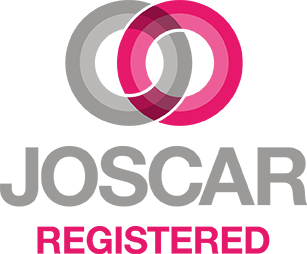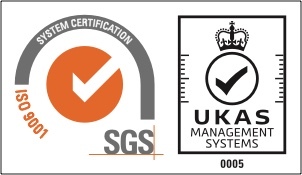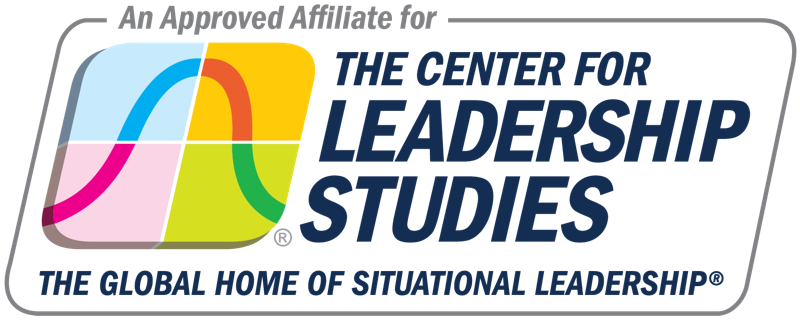
Thursday, 15th June 2017
By, GBS Corporate Training
#Leadership #SituationalLeadership #Success @gbscorporate
In previous GBS blogs we have talked about the Situational Leadership® model and the different styles of leadership. One aspect that we have not yet covered is knowing how to adapt your leadership style according to the needs of your employees.
Have you ever thought about how ready your staff are for your leadership and the style you should adopt to motivate their best performance?
Employee readiness is also described as maturity. Within the context of Situational Leadership®, readiness is determined as the capability and motivation of an employee towards a given task. Their capability and motivation are calculated by considering the following:
Capability is determined by:
- Previous experience on the same or similar task
- Special training for given task
- Understanding of the task
- Understanding of employee’s role toward the task
Motivation is determined by:
- Level of confidence related to task accomplishment
- Level of responsibility related to given task
- Wish of employee to accomplish the task
- Incentive for the task accomplishment
For a Leader to be effective, it is necessary to identify the readiness level of an employee and then apply the most appropriate leadership style, which helps in achieving the desired business objectives. A good situational leader must be able to consider both the organisational task at hand, but also the readiness and well-being of their staff.
“The Situational Leadership® Model provides leaders with an understanding of the relationship between an effective style of leadership and the level of readiness followers exhibit for a specific task”.
The Centre for Leadership Studies
According to the theory, a Leader must always base their relationships with their employees on three essential points:
- How much the Leader gives guidance and direction
- How much socio-emotional support the Leader provides
- What is the readiness of their employees in performing their tasks
The Situational Leadership® model recognises four different readiness levels - these are used for understanding the maturity of the people the Leader has to manage. These levels are:
Readiness 1: An employee who does not have the right knowledge or skills for the role/job, and often lacks willingness to finish tasks
Readiness 2: An employee who is willing to finish the tasks, but who doesn’t have the knowledge or skills required to do so
Readiness 3: An employee who has the right knowledge or skills for the role/job, but who lacks the willingness to take responsibility and/or finish the tasks
Readiness 4: An employee who is willing to finish the task and take responsibility, and who is extremely skilled and knowledgeable
A good Leader must be able to manage and pick out the different readiness levels of their employees. They can then tell each individual’s ability to achieve their tasks and the commitment they show towards completing these tasks.
“The greatest Leader is not necessarily the one who does the greatest things. He is the one that gets the people to do the greatest things."
Ronald Reagan
Situational Leaders help employees grow and develop by using high-probability leadership styles for each level of Performance Readiness, e.g. ‘Telling and Directing’ through to ‘Delegating’. This translates to accelerated individual development and the achievement of desired results for the Business, the Manager and the Individual.
GBS provides Situational Leadership® training to help build your Leaders
GBS provides a series of Situational Leadership® training courses related to different applications of the model. We help Leaders to learn to appropriately balance their task direction with proper relationship behaviour, which helps to maintain high levels of consistent performance across team members.
“Situational Leadership®: Building Leaders” is our two-day, instructor-led workshop that emphasises active learning through application-based activities and participant interaction to ensure learner engagement in the classroom.











